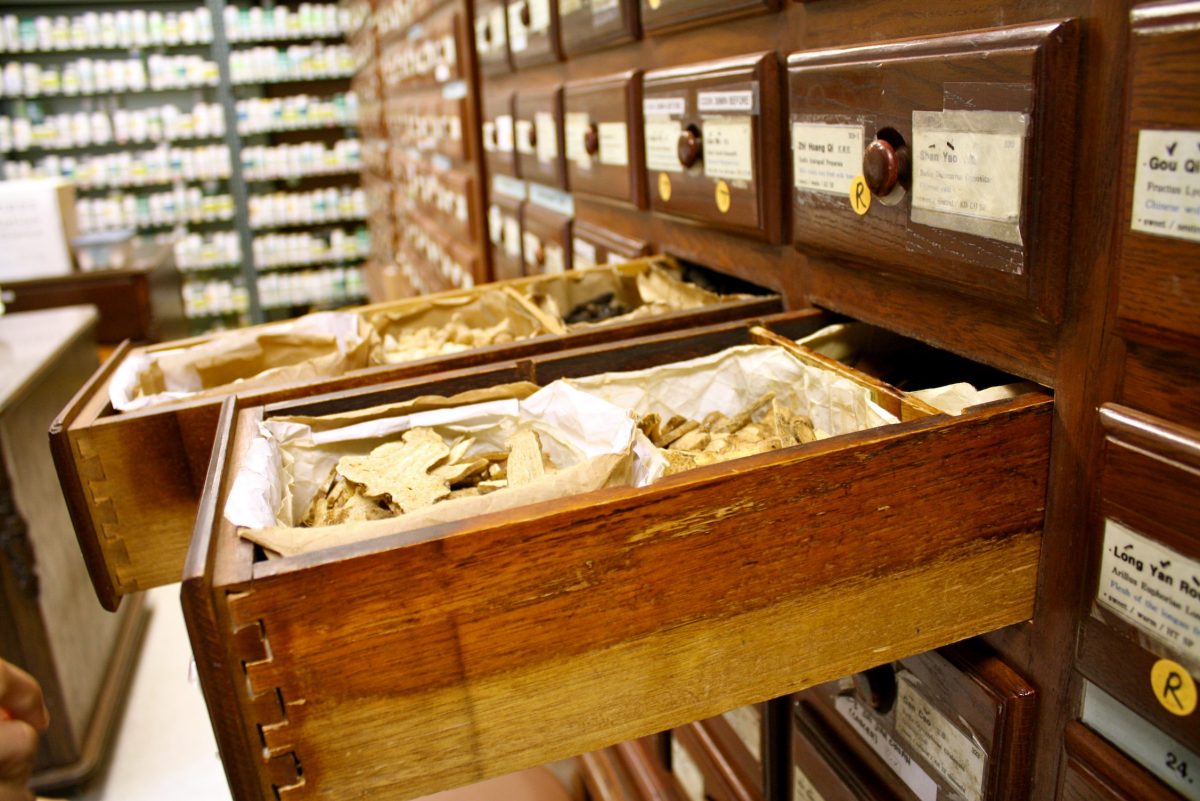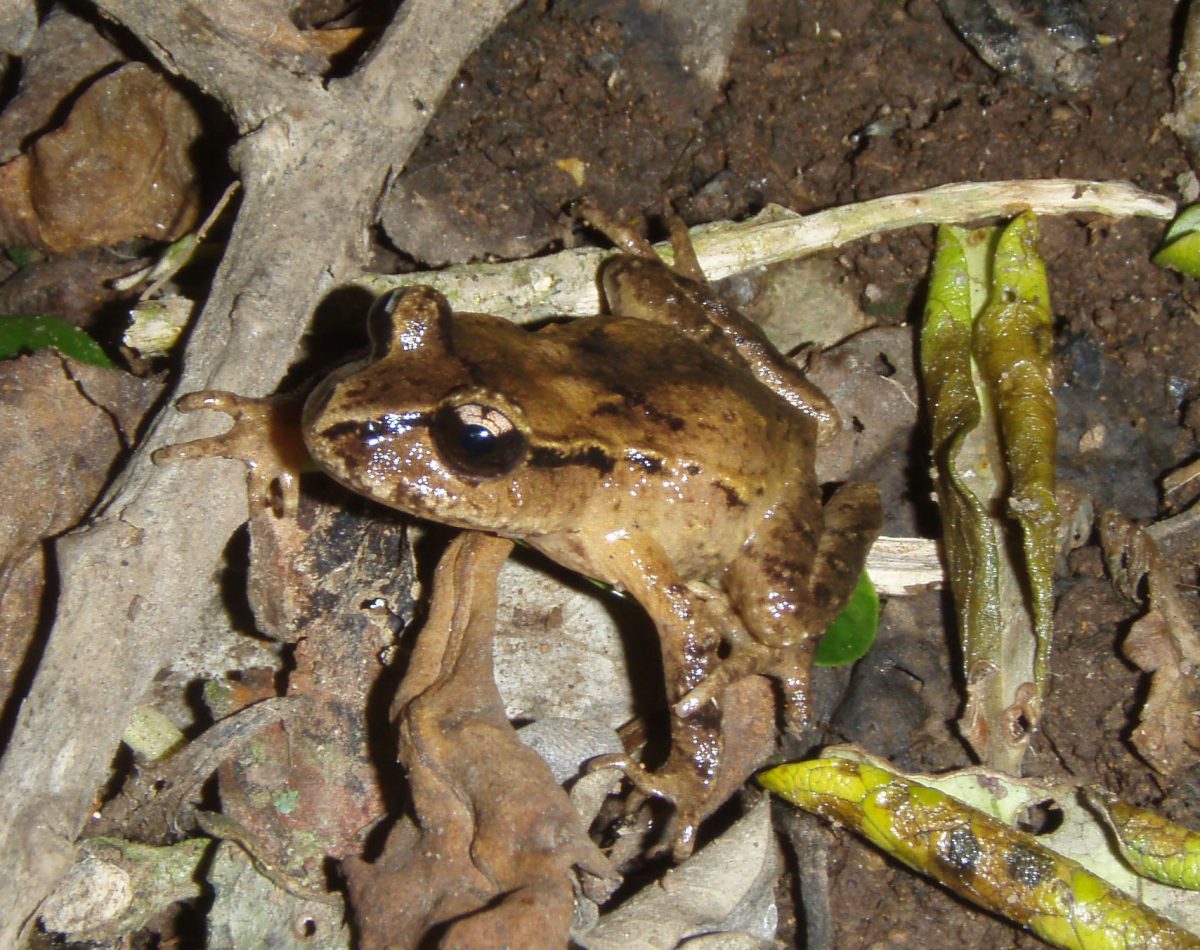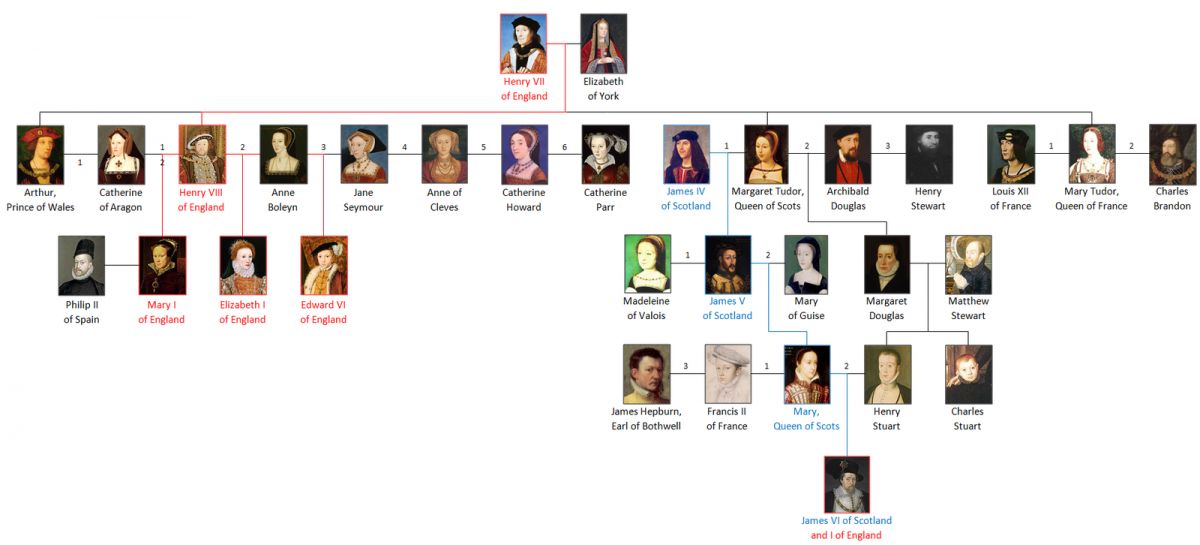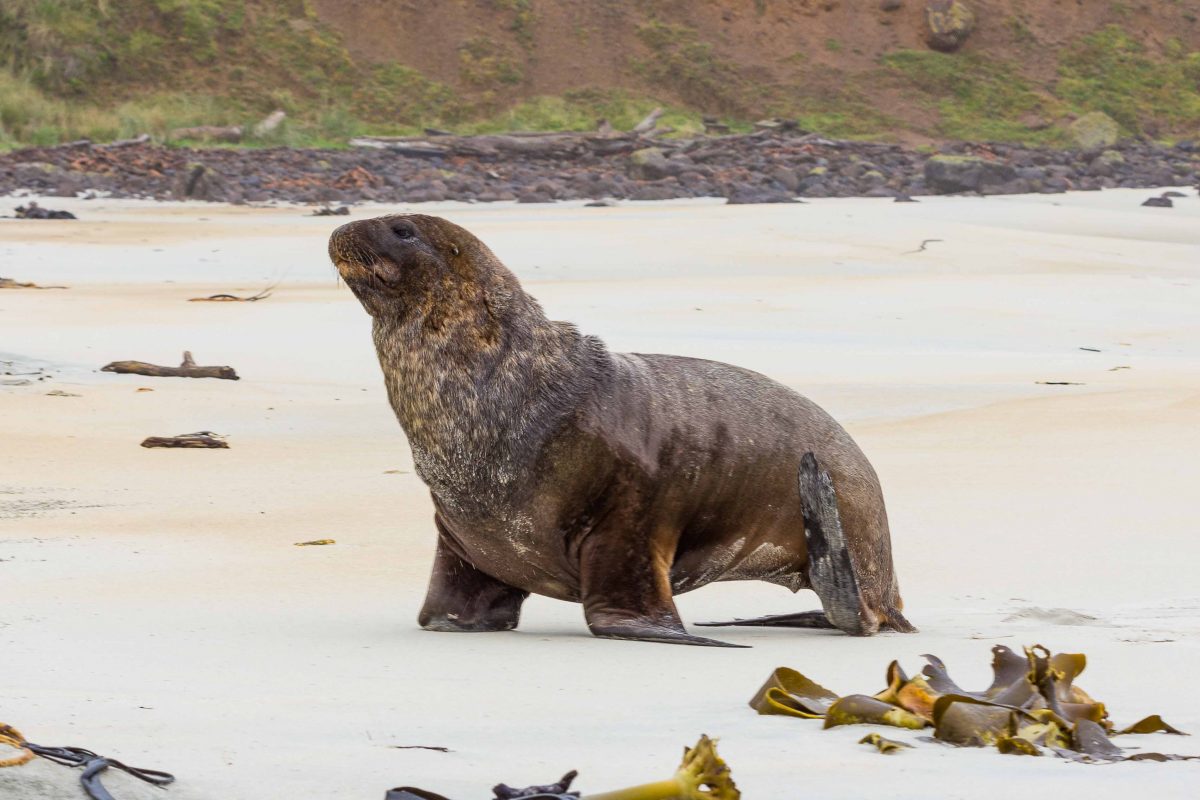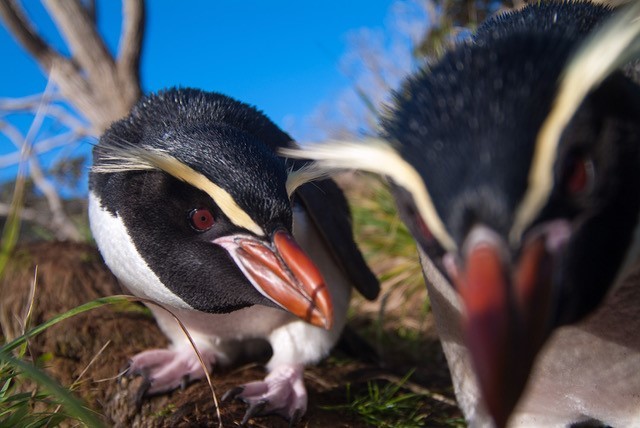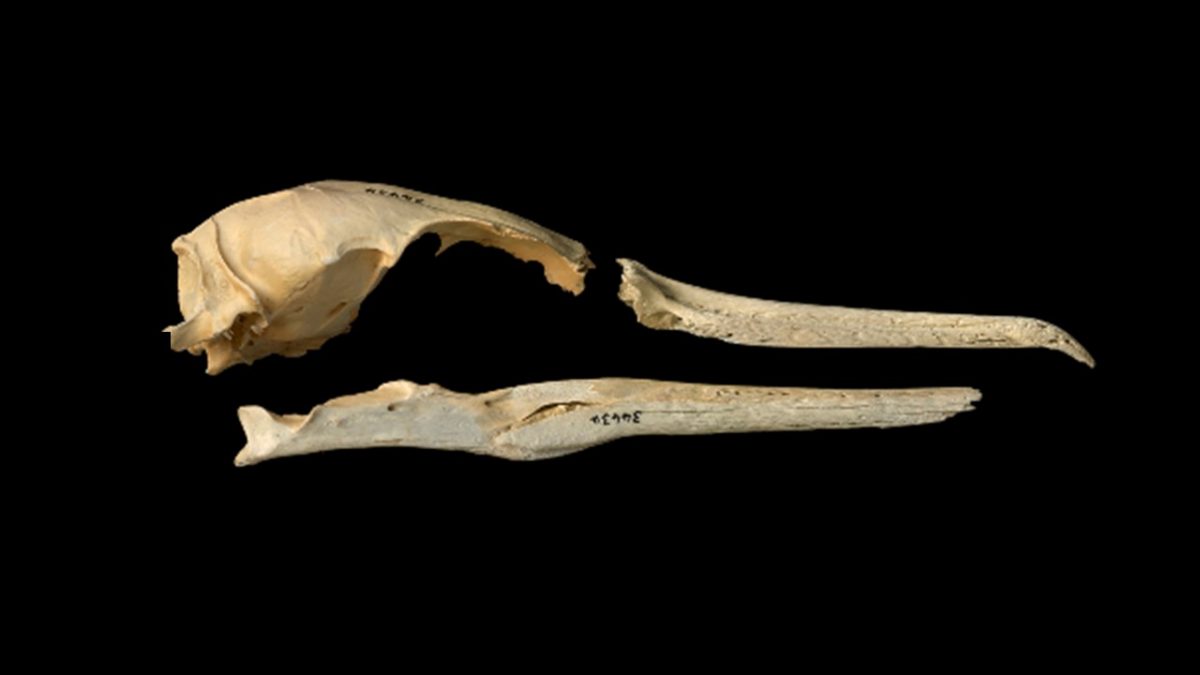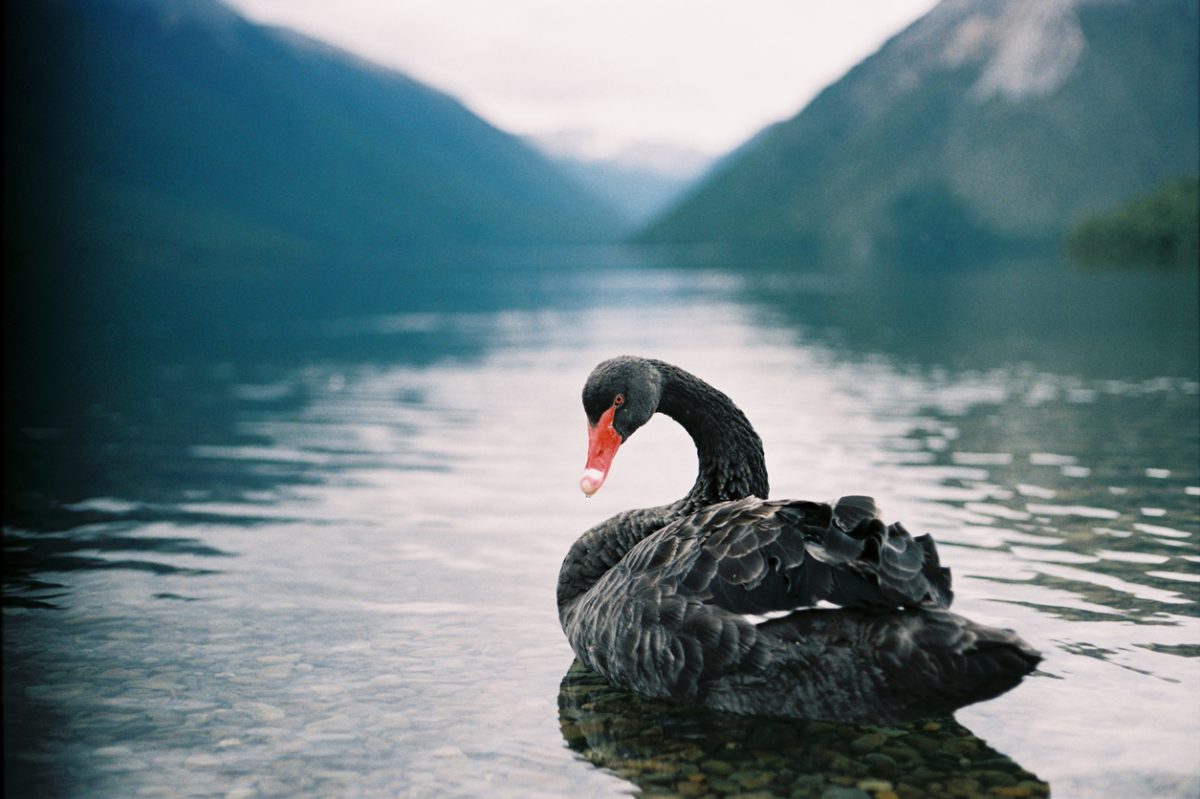‘Double, double toil and trouble; fire burn, and cauldron bubble’ chant the three witches in the cavern, lightening flashing outside, in Act 4, Scene 1 of Shakespeare’s Macbeth. It’s images like these, conjured up by the great bard himself, that I associate with traditional Chinese medicines and herbal remedies.
 The implied promise that if I take this concoction, my health and life will improve, is a powerful allure to many people, but does this ‘hell-broth’ really contain the ‘eye of newt and toe of frog’ as it promises or is it just fairy dust, or even something much worse? Continue reading “Traditional Chinese medicine: Eye of newt and toe of frog”
The implied promise that if I take this concoction, my health and life will improve, is a powerful allure to many people, but does this ‘hell-broth’ really contain the ‘eye of newt and toe of frog’ as it promises or is it just fairy dust, or even something much worse? Continue reading “Traditional Chinese medicine: Eye of newt and toe of frog”

